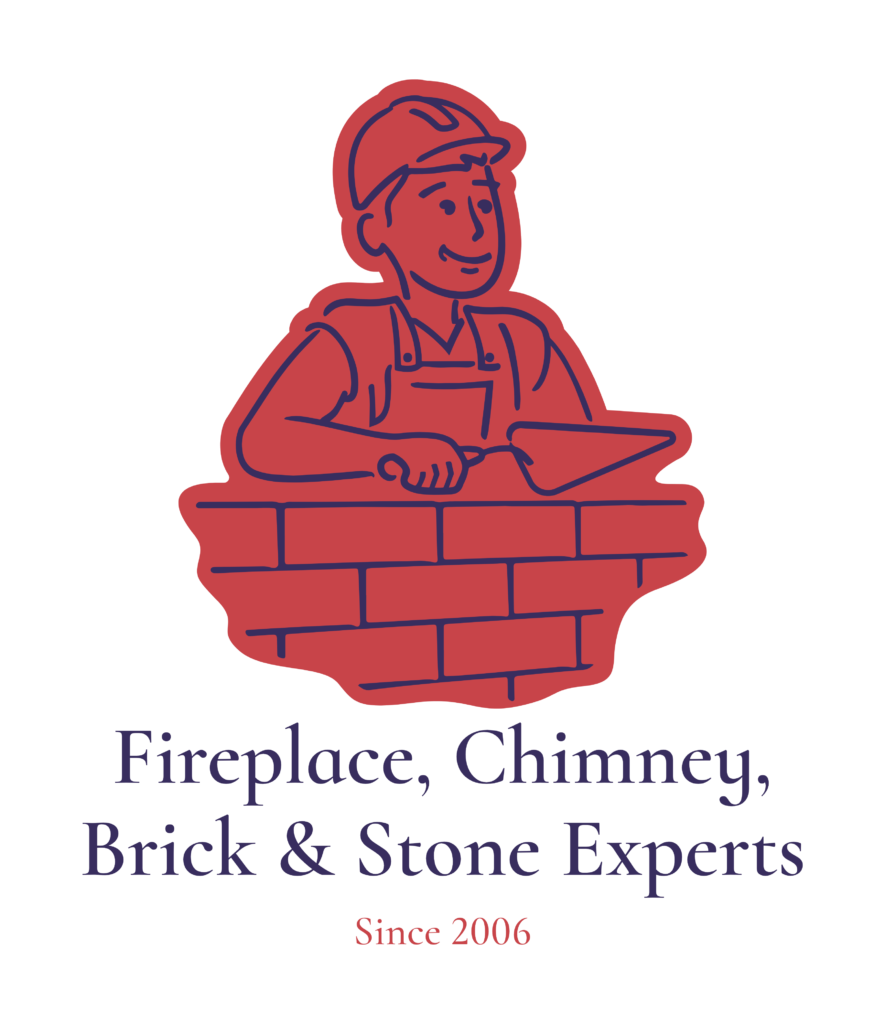TUCK POINTING AND REPOINTING
We specialize in tuck pointing and repointing:
BRICK WALLS
HOMES
FENCES
We specialize in tuck pointing and repointing
BRICK WALLS
HOMES
FENCES
CHIMNEY
And any other places where brick, stone and mortar joints are used. A good mason will match the mortar color within a couple of shades with his experience. There are many cases where the old mortar must come out of the joints so that the new mortar will stick to the old mortar and brick. This is where experience comes in to play and hiring an inexperienced contractor will cost you double almost every time. A lot of the work we do is correcting previous work on repairs.



Used to cosmetically enhance the appearance of masonry, tuck-pointing involves removing a portion of the deteriorated mortar, filling the joints with new mortar (that closely matches the color of the brick), and then applying a thin line of putty in a contrasting color down the center of the joint. This creates the illusion of well-maintained and narrow joints.
To better understand the tuck-pointing process, it helps to learn the following masonry terms:
POINTING
The process of filling mortar joints during new construction. Pointing also refers to the actual mortar joints—or the spaces between the bricks—in a finished wall.
REPOINTING
The process of removing old mortar from joints and replacing it with new mortar.
TUCKPOINTING
The process of removing old mortar from joints, replacing it with mortar that closely matches the color of the bricks, and then embedding narrow lines of putty in a contrasting color (called “fillets”) down the centers of the new mortar joints.
While the terms “tuck-pointing” and “repointing” are often used synonymously, the final products are aesthetically different. Both involve removing and replacing deteriorating mortar with fresh mortar, but repointing does not involve the additional step of applying contrasting lines in the centers of the joints.
